GLITTERS
Glitter is produced using a blend of aluminium and PET film.
It is utilized in various items such as clothing, shoes and accessories. Glitter is commonly blended with glue or scattered onto glue.
For glitter scattering; utilizing a serigraphy stencil, patterned glue is fixed prior to scattering glitter onto semi-wet adhesive. The glue must be fixed at a temperature of 145-150°C. When mixing into adhesive, it is important to use a mesh size of 21T or less to prevent blocking holes.
Proper fixation following serigraphy print is essential to ensure optimal adhesive properties. Color loss may result from excessive heat exposure. Opt for the correct glue to enchance wash resistance. Silicone treated fabrics are unsuitable for any printing applications.



Sim (Gliter); alüminyum ve PET film kullanılarak üretilir. Giysi, ayakkabı ve aksesuar gibi çeşitli eşyalarda kullanılmaktadır. Serpilerek ya da tutkala karıştırılarak istenilen zemine uygulanması yapılır.
Yarı ıslak tutkal üzerine sim saçılmadan önce bir serigrafi şablonu kullanılarak desenli tutkal fikselenir. Tutkal 145-150°C sıcaklığa ayarlanmalıdır.
Tutkala karıştırırken deliklerin tıkanmasını önlemek için 21T veya daha küçük bir mesh kullanılması önemlidir. Optimum yapışkanlık özelliklerinin sağlanması için serigrafi baskının ardından uygun fikse şarttır. Aşırı ısıya maruz kalma sonucu renk kaybı meydana gelebilir.
Yıkama direncini artırmak için doğru yapıştırıcı tercih edilmelidir. Silikonla işlenmiş kumaşlar herhangi bir baskı uygulaması için uygun değildir.

SIZE | COLOR | APPLICATION |
1/32" (0,03 inch) ~ 0,8 mm | 1 | SCATTERING |
1/64" (0,016 inch) ~ 0,4 mm | 1 | SCATTERING |
1/128" (0,008 inch) ~ 0,8 mm | 29 | MIXING GLUE |
| 1/256" (0,004 inch) ~ 0,1 mm | 10 | MIXING GLUE |
| 1/512" (0,002 inch) ~ 0,05 mm | 2 | MIXING GLUE |
1 / 5 / 25 kg
Water based adhesive should be used on all types of fabric.
21T or bigger hole mesh is adviced.
Cotton polyester fabrics
Elastic fabrics
Knitted or woven fabrics
Examples of Glitter Application Areas
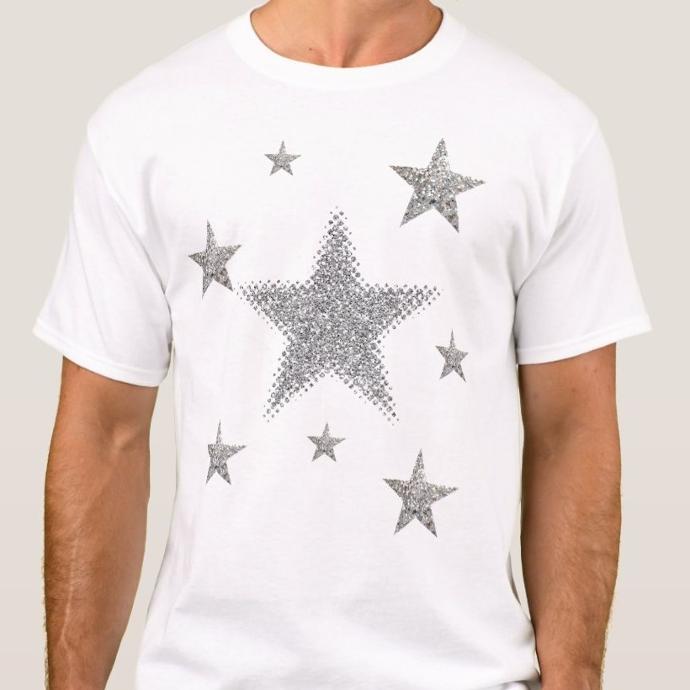
Textile Printing
Glitters are used by mixing with glue which is specially developed for textile. They are used in accordance with screen mesh dimensions that are suitable for printing.
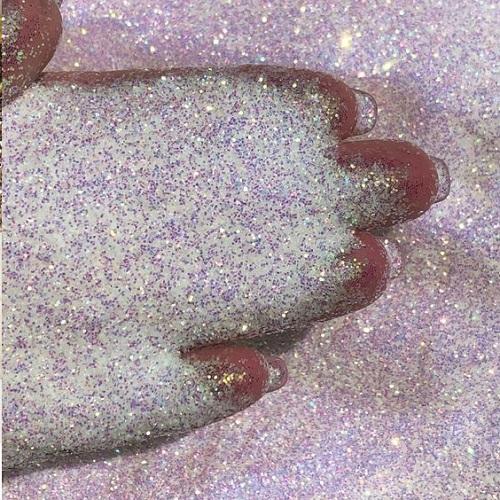
Cosmetics
Due to its production properties, it does not chemically interact with the skin. In this reason glitters are widely used in cosmetic purposes.
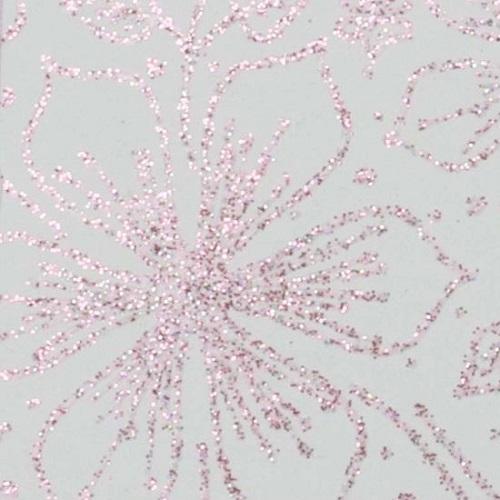
Home Accessories
It is applied to coffee table covers, curtains or on accessories by spraying using classical textile printing methods.
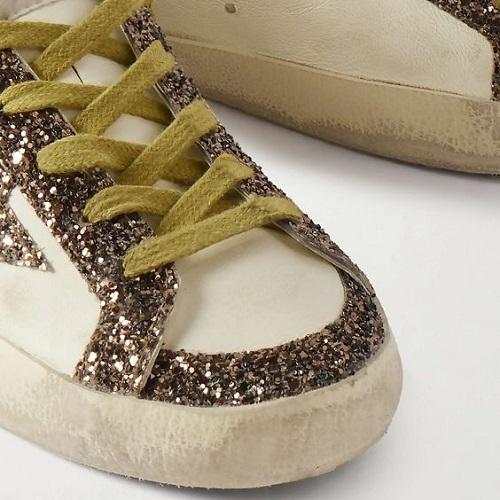
Shoes and Bags
Another application method of glitter is the sprinkling method which gives a different appearance to glue covered surfaces.
Glitter Printing Stages
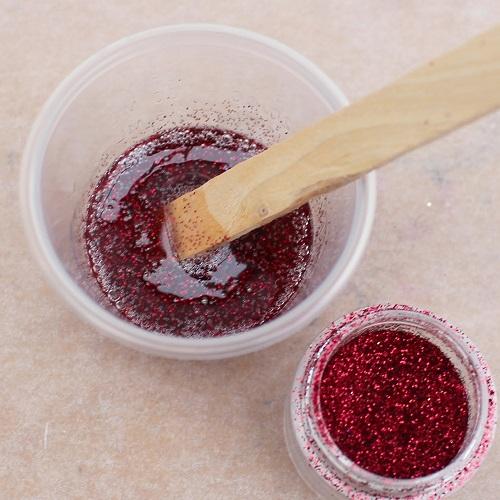
1
Mixing With Glue
Although the amount of glitter to be mixed varies depending on the desired color and density, it is generally 6-8% of the adhesive amount.
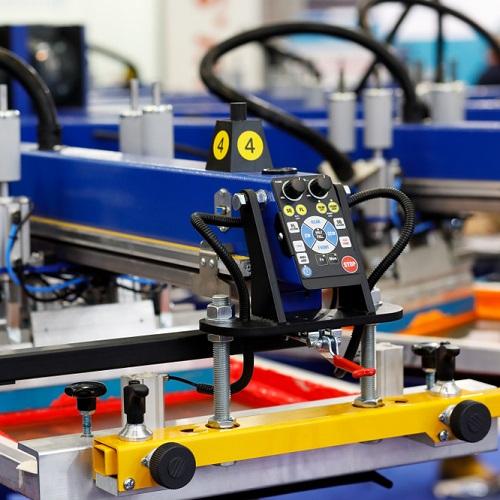
2
Printing
Molds must be selected according to the glitter sizes that are in the range of 12T-13T. Generally lap patterns are preferred for glitter printing.
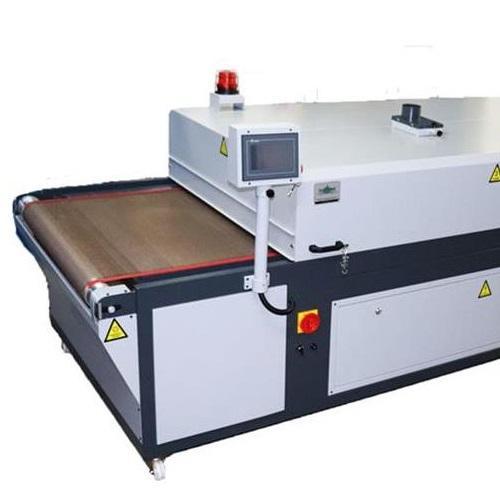
3
Fixing
The carrier glue which is fixed at 160°C-170°C for 1,5 minutes becomes completely transparent and allows the glitter to fully reflect its color. The heat resistance of glitter is important.
Adhesive Types Required for Glitter Printing
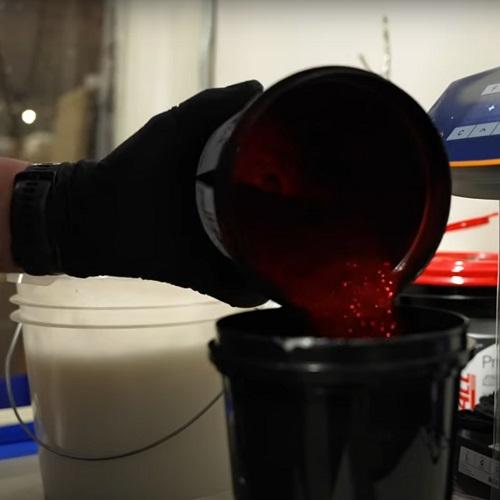
For Screen Printing
Glitter paste, which is manufactured as water-based glue, must be compatible with glitter powder.
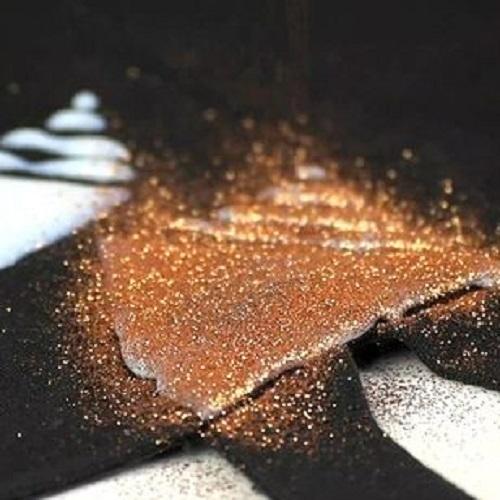
For Sprinkling
Produced as water based glitter adhesive which is suitable for sprinkling method is usually more dense.
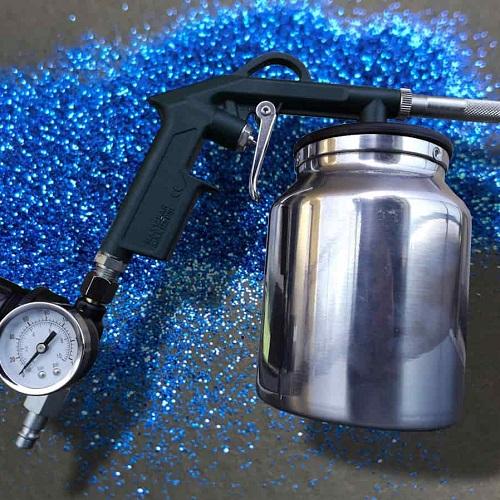
For Spraying
Low density glitter adhesive is required for air brush application method with specific wide mouth pistols.
General Warnings about Glitter Printing Application
The information provided on this page about Glitter printing is for general guidance purposes.
The details given under topics such as application areas, stages of glitter printing and types of adhesives used may not cover all aspects. Application may require professional machines and expertise.
Even when performed with the same machines, applications depend on specific adjustments and some critical variables. These include glitter, adhesive and the surface on which the application is made.
Glitters that do not stick to fabric or skin in themselves, but can stick to the surface they will be transferred to, can be applied to the surface with the help of an intermediary adhesive. The quality of the adhesive, its features such as its activation temperature, and the correct application of parameters such as its fixation temperature and fixation time directly affect the result.
Troubleshooting and Technical Information page is for theoretical insights into common issues.
For technical support, feel free to contact our company.
The information provided on this page about Glitter printing is for general guidance purposes.
The details given under topics such as application areas, stages of glitter printing and types of adhesives used may not cover all aspects. Application may require professional machines and expertise.
Even when performed with the same machines, applications depend on specific adjustments and some critical variables. These include glitter, adhesive and the surface on which the application is made.
Glitters that do not stick to fabric or skin in themselves, but can stick to the surface they will be transferred to, can be applied to the surface with the help of an intermediary adhesive. The quality of the adhesive, its features such as its activation temperature, and the correct application of parameters such as its fixation temperature and fixation time directly affect the result.
Troubleshooting and Technical Information page is for theoretical insights into common issues.
For technical support, feel free to contact our company.